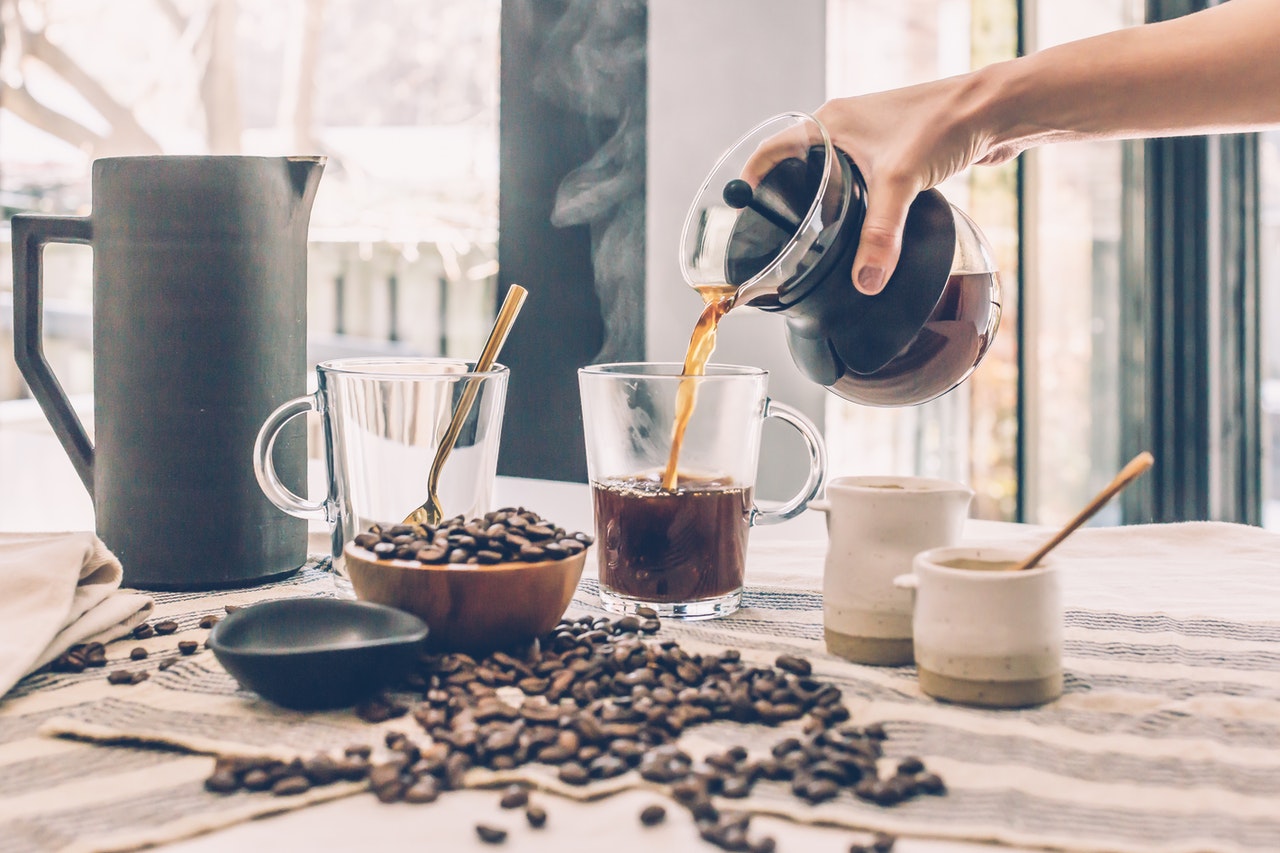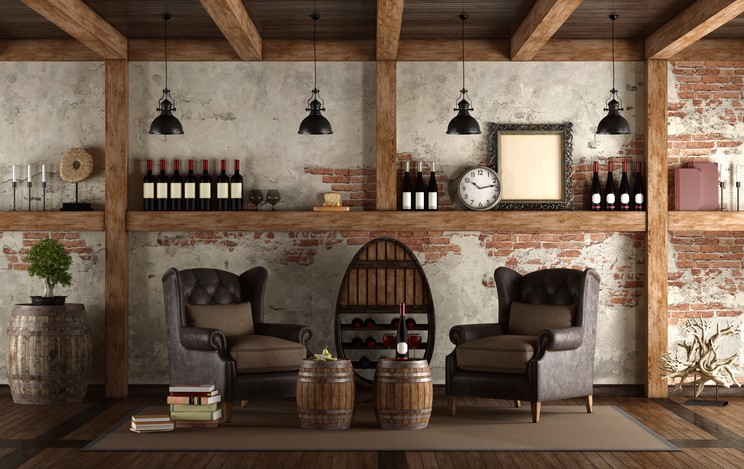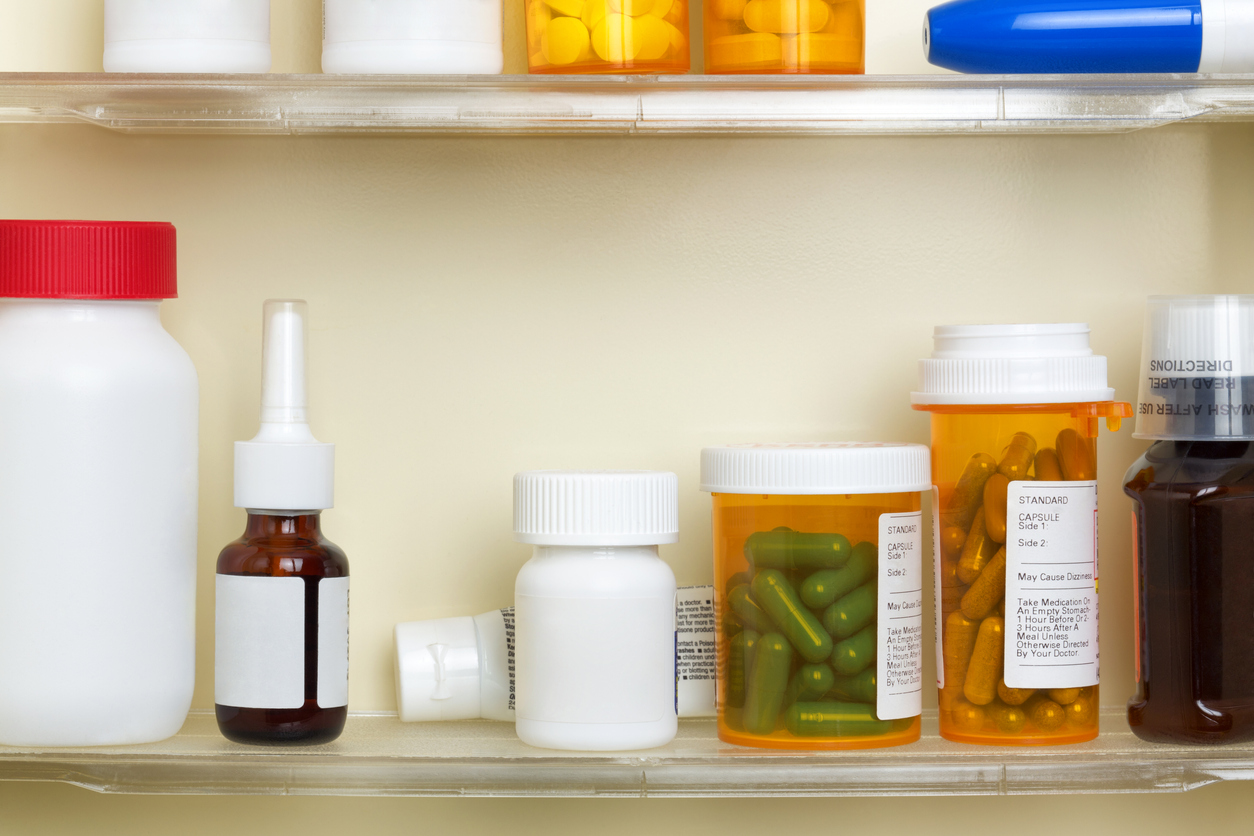Every coffee and tea lover knows that there is a lot involved when it comes to creating the perfect cup. Factors like water temperature, brewing method, freshness, etc., make your coffee or tea taste different every time. If you enjoy a delicious cup of either, it’s always good to know how to brew them in the best way possible to get the most out of every cup, every time.
If you consider yourself a tea or coffee fan, you know that this daily tradition is an essential part of your routine. Read on to learn great tips from some of the best coffee and tea experts.
Tea
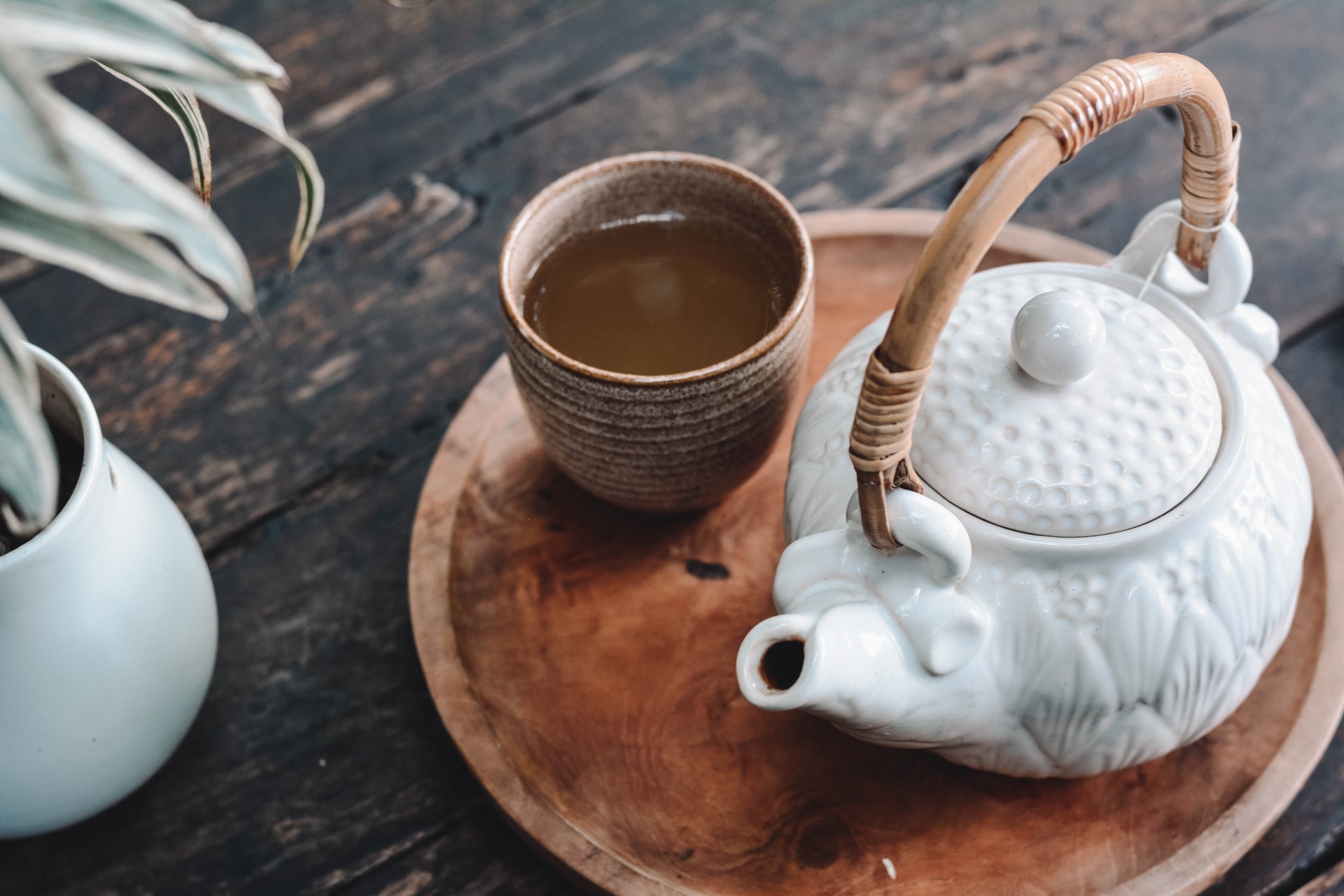
What are the best brewing methods for tea?When brewing tea, water temperature, the volume of tea leaves, and steeping time are all part of the art of brewing tea. It’s best to use boiling point water for black and herbal teas at 212° F (100 ° C). For more delicate teas like green tea, you need to use below boiling point water between 165 – 190° F (74 – 88° C). Always use filtered water and steep teas between 3-5 minutes for black and herbal teas and 2-3 minutes for green tea. When learning how to drink green tea, people’s biggest mistake is using too hot water and steeping too long.
– Mary Ann at Life Is Better With Tea
- How to brew tea the right way?
- What is the difference between tea and tisane?
Two remarkable differences between true tea and tisane are 1) caffeine and 2) phytochemicals. Camellia Sinensis naturally offers caffeine, while tisane is caffeine-free. Thanks to the unique phytochemical profiles of the plant used, both true tea and many tisanes have been used as folk remedies for centuries. Catechins are the major beneficial phytochemicals found in true tea. Modern science has observed a wide range of health benefits from Catechins, including cancer prevention and cognitive health.
True tea includes white tea, green tea, oolong tea, black tea, and Pu-erh tea. The characteristics of each tea, such as color, aroma, and amount of caffeine and Catechins, are determined by a variety of Camellia Sinensis (cultivar), growing conditions, and post-harvest treatment.
While true tea is a prominent source of Catechins, caffeine naturally occurs in true tea, which concerns caffeine-sensitive folks. If you are one of them, our natural water process decaf green tea powder is a solution for you. The good news is most of the Catechins remain in the leaf when tea leaves are treated with cutting-edge decaffeination techniques using no chemicals, just hot water. When you consume the whole leaf in powder form, the powder offers most of its nutrition, including Catechins, but the caffeine content is almost nil.
– Kiyomi at Sei Mee Tea
- What is the difference between loose leaf tea and tea bags?
The easy difference is that Loose-leaf tea is open, and we can actually see what it is, how it looks, the curls, the rolls. Whereas, with tea bags, you can see the teabag but not necessarily the quality of the content inside the bag. The quality of loose leaf tea is far superior to the tea bags, and thus, the tea in your cup actually tastes fresher, purer, and better.
The teabags are often filled with dust and fannings, which are considered lower-grade, and thus tea might taste bitter. Loose leaf tea brewing and drinking are less wasteful as a teapot can be used over and over again. However, with tea bags, the bag (which are often made with plastic, sometimes filled with chemicals or additives) is wasteful and contributes to the bitterness of the tea.
– Rabin at Nepali Tea Traders
- Why does my tea taste different every time?
- Water temperature: When water is hot, it extracts more flavor more quickly than when it’s cold. Generally, white and green teas are best prepared with water temperature that’s 170-180 F (right when the water starts to rumble, but not break) while black teas are better just off full boil, around 210 F.
- Steep Time: The longer the leaf steeps, the more flavor enters your cup. If you steep a tea for too long, it will become astringent, that firey, bitter taste that’s a result of the tannin count in your tea getting really high. Generally, 4 minutes is a good amount for black and white tea, and 3 minutes is good for green.
- Amount of tea leaf: If you’re working with loose-leaf tea, which we always recommend because it has the highest quality, the recommended amount is 2.5 grams/cup. Pro Tip – if you’re finding your tea is coming out weak, and you want more flavor, try adding more leaf rather than steeping longer.
– Raj Vable at Young Mountain Tea
- How can I make my own tea blend?
Making your own tea blend is really fun, and the reason I started BlendBee back in 2014!
To start, first you have to answer a few key questions:
- Do I want a caffeinated blend or an herbal blend?
- What flavor profile do I want? Spicy, floral, earthy, sweet.
- What health benefits do I want to get from my tea? Stress relief & relaxation, energy & focus, metabolism-boosting.
Once you narrow down the type of flavor and benefit, making your own tea blend is easy!
On BlendBee, we section out each flavor profile and list the benefits with the ingredients so you can easily create your own perfect blend.
– Jamah at Blend Bee
- How should I store my tea?
Tea is fairly shelf-stable but can still be easily damaged by heat, light, and moisture. It’s best to store tea inside of an airtight container that is kept in a cool and dry place. Glass containers are tempting because they’re nice to look at, but light (artificial or natural) will make the leaves lose their flavor more rapidly. Tea is hygroscopic, which means that it readily absorbs moisture.
The downside is that tea will also absorb odors from the environment so it should be stored away from areas with strong smells. Green tea tends to lose its flavor the fastest, so I recommend storing it in the refrigerator if possible. Use an airtight container to make sure the tea doesn’t start tasting like your leftovers.
– Nicole Wilson at Tea for Me Please
- How do you make the perfect iced tea?
Let’s brew a glass of our Ginger Peach, a black tea blend, iced. At Tea Zaanti, we think the best way to do iced tea is to hot brew and make it fresh, so for a 24oz iced tea, we measure out 8grams of our ginger peach into a french press, pour 6oz of 208degree water (boiling temp in Salt Lake City), steep it for 3mins and 30 seconds, pour it into an ice-filled cocktail shaker, shake it and pour it over ice!
- What’s the best way to prepare matcha at home?
For me, the best way to prepare matcha at home is iced matcha. Simply prepare matcha with hot water and a whisk, then pour over ice and top up with water. The ice makes it more refreshing but takes some of the astringency out of the matcha, so you don’t need to add any sweetener. Although you can certainly add milk or sweetener to make it an iced latte if you wish!
– Sam Speller at Kenko Tea
- What are the essential tools for preparing Matcha?
- What is smoky tea and how can I make it?
The most quintessential smoky tea is a Chinese black tea called Lapsang Souchong. This unique tea is dried over pinewood, giving it a heavily smoky aroma and a deep, rich liquor. The tea leaves are first withered over pine root fires, then panfried rolled, and oxidized. The leaves are finally placed in bamboo baskets and hung on wooden racks over smoking pinewood fires to dry and absorb the smoke. This results in a powerfully smoky aroma coupled with a smooth taste.
Legend has it that this tea originated around the 17th century during the Qing dynasty when people in the Wuyi mountains in China used pine fires to speed up the drying process of freshly picked tea leaves. Stories differ as to whether they had to quickly leave an area or just didn’t reliably have time to wait for the tea to dry otherwise. Lapsang Souchong is now beloved worldwide and is often part of another famous blend with historical roots, called Russian Caravan Tea.
You can make a delicious cup of Lapsang Souchong by simply steeping up a heaping teaspoon of loose leaf in boiling water for 3-5 minutes. It is not for everyone, but its true fans are diehard. Are you up for the tasting adventure?
– Jessica Kochik at The Tea Spot
- How to roast tea?
Roasting tea is a great way to use up tea in your stash. Green teas generally get stale faster than other types of teas, so roasting will allow you to re-purpose and create less waste. All you need is a frying pan and loose leaf tea! The entire roasting process will take just a few minutes.
– Lu Ann Pannunzio at The Cup of Life
- What is the best way to take care of my teaware?
The best practices for caring for your teaware collection depend on both the teaware type and material. Different pieces will need more meticulous care and maintenance to stay in excellent condition.
Glass teapots and cups require delicate treatment as they are more fragile than other teaware types and should not be put in the dishwasher or microwave. Porcelain and ceramic teaware pieces are more durable options, though not nearly as sturdy as cast iron, and can be cleaned safely in the dishwasher.
Modern Tetsubin-style cast iron teapots are exceptionally durable and, when properly maintained, they can last a lifetime. After use, cast iron teapots should be rinsed with warm water only (no soap) and left to air dry thoroughly before being put away.
If you want to be extra careful, you can wash all your teaware pieces by hand directly after use with warm water. This can help prevent tea stains, but when they inevitably happen, it is best to use a combination of baking soda and vinegar on stains and avoid harsh chemicals like bleach. Unlike tea kettles, teapots should not be placed on the stove or direct flame, but can be kept warm with a candle warmer.
– Wei Huang at Arogya
What is the difference between high tea and low tea?
Surprisingly enough, while the term ‘high tea’ brings to mind posh cups of earl grey tea and porcelain stands filled with dainty cakes and sandwiches with the crusts removed, this teatime treat designed to put one over until dinnertime is authentically known as ‘low tea’ or ‘afternoon tea’, and it was traditionally served on a low table.
Historically, the real meaning of ‘high tea’ is a working-class family meal consisting of hearty dishes such as pies, potatoes and other heavy food, which was served on a high dining table around 5pm when people came home from work.
– Sheryl at London Hut
Coffee
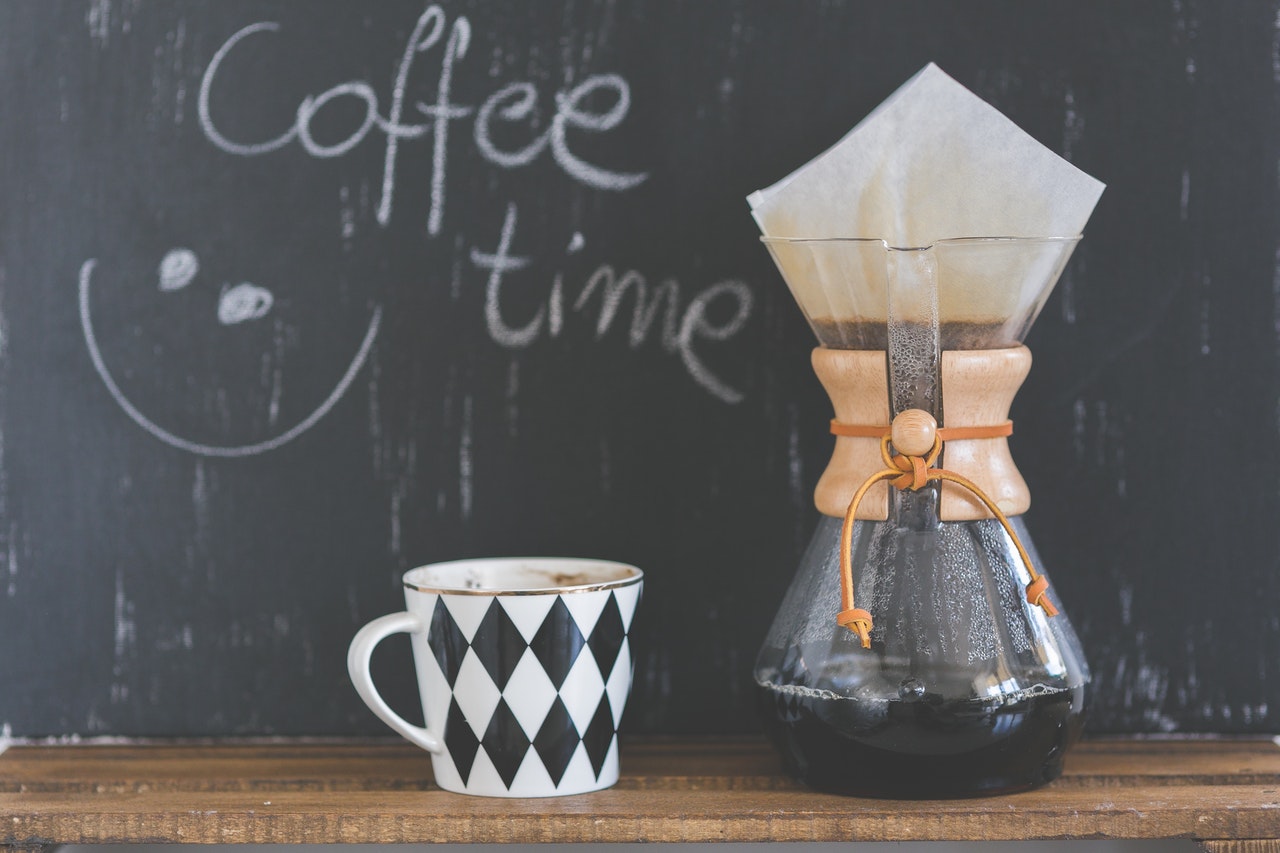
- What are the elements to brew a great coffee?
A lot goes into making a great brew, and whilst there are too many aspects to talk about here, we can begin with two of the most important. Firstly, you need to begin with good coffee, no amount of knowledge or technical prowess can make poor quality raw goods into anything better, all we can do as brewers is bring stuff out of the coffee, not put it back in, so this is an important place to start. On the brewing side, there is one commonly neglected element: water. Over 90 % of your brew is water, and it is the only solvent in the process, so it is essential to get it right.
There is a lot to discuss with water, everything from its acidity (pH), to total hardness (°dH), and even the balance of the minerals inside, (magnesium, calcium, and carbonates), all of which can be researched online. The most common place to start is a water-filter jug, or even better, buy bottled water that matches the criteria for brewing water (which you can check on Specialty Coffee Association’s website). But the method used most pros is to actually begin with distilled water and add the minerals themselves, giving them complete control and unparalleled quality.
– Sterling, coffee roaster at 80 Stone
- How important is coffee freshness?
Fresh coffee is essential to creating the perfect cup of coffee. After roasting coffee beans begin losing flavor and ground coffee loses flavor even more quickly since more edges are exposed to oxidation after grinding. As coffee sits oxidation and time cause the flavors to dull, and all the notes and flavors of the coffee begin to fade away.
Grinding coffee beans as needed (even a pound at a time) is the best way to ensure you’ve got fresh coffee to brew.
Coffee will remain fresh for 4-5 weeks but grinding your coffee right before brewing will give you the best tasting cup of coffee possible.
- What’s the best way to store my coffee beans?
Beans are negatively impacted by heat, oxygen, CO2, moisture, and light. While coffee can be bought in attractive retail packaging, this isn’t ideal for keeping your beans in. If you want to keep your beans fresh and tasty, you need to store them in an opaque container that does not let any light in while keeping your beans at room temperature. Also, keep them in a cool and dark location, avoiding any hotspots in the kitchen such as the oven or place on the counter where the sun shines through. Remember that you always want to decrease air movement, control temperature fluctuations, and prevent exposure to light.
Any “airtight” container will do a good job preserving your coffee because it will not let light and moisture in, but the Airscape Coffee Canisters take coffee storage to the next level. The issue with most “airtight” coffee storage solutions is that it traps oxygen and CO2 in the coffee beans. The Airscape Canisters include a special inner seal. When you press down on this seal, all the oxygen and CO2 are forced out of the container, so you don’t have to worry about them threatening the freshness of your coffee beans. Besides keeping your beans exceptionally fresh, these receptacles are attractive and perfect for your kitchen space. These containers are made of opaque ceramic, stainless steel or borasotile glass so that light doesn’t reach your freshly roasted beans which keeps them fresher.
These jars or containers are the best options for storing freshly roasted coffee beans. If you’re a serious coffee aficionado, then the investment is worth it to enjoy your favorite brew optimally.
– Dane Gillespie at Planetary Design
- Why is it important to use a scale to brew good coffee?
Using a scale to brew coffee is a crucial step one can take to ensure a great cup of coffee every time. The first reason is precision. Without a scale even the best quality beans and brewing equipment could still result in a less than impressive tasting cup of coffee, this is due mainly to the ratios of water to coffee grounds being off. A scale helps hone in on these measurements every single time.
The second reason a scale is so important has to do with timing. Just as it is important to weigh out the grounds in relation to the water, it is equally important to track the timing of these interactions during each stage of the brewing process.
– Stephanie Bunnett at Kunjani
- Why is water so important when brewing coffee?
Water is often ignored when adjusting your coffee recipe, and tweaking your brew. Water is more than 95% of the brewed coffee. We learned in chemistry that water is a tasteless and odorless liquid, but in real life, this is not quite true. Because of this, water could potentially destroy a perfectly brewed cup of coffee. The mineral content of your water is what directly affects your final cup. I’ve seen home baristas that use distilled water for their coffee. While distilled water is literally tasteless and odorless, this is not necessarily a good thing. Minerals in your water potentiate the coffee flavors, and they also help the extraction. Coffee brewed with distilled water is bland and lacks personality.
At the other extreme, there are regions where water has a high content of minerals. This water will mute coffee flavors; the strong mineral taste will overpower the coffee flavors. How do you know if water is good? Very simple, taste it. If you like the water when you drink it, then it’s good for your coffee. If you don’t like how your water tastes, it is probably not good for coffee either.
You can do an experiment and taste various types of water: distilled, tap water, and bottled water, and you will notice they taste different. If you want to go very technical about it, measure the TDS, the ideal water for brewing coffee has a 90-150 ppm TDS. A filter is a perfect alternative for bottled water, but if you use a reverse osmosis filtration system, make sure to remineralize the water, because this type of filter strips the water of its minerals. Some water softening pitchers will also remove too many minerals, so make sure you choose the right one.
If you are a perfectionist, you could also look up “the third wave coffee water”, but bottled water is my personal favorite.
– Dorian Bodnariuc at Coffee Brewing Methods
- How to properly grind my coffee beans?
This is a tricky question to answer because there isn’t a simple reply. It really depends on the type of coffee brewing you intend on doing. For example. If you’re going to use a French Press a coarse grind is recommended. Using an automatic drip coffee maker? A medium grind would be the best choice. Got yourself an AeroPress? A medium to fine grind will work well.
